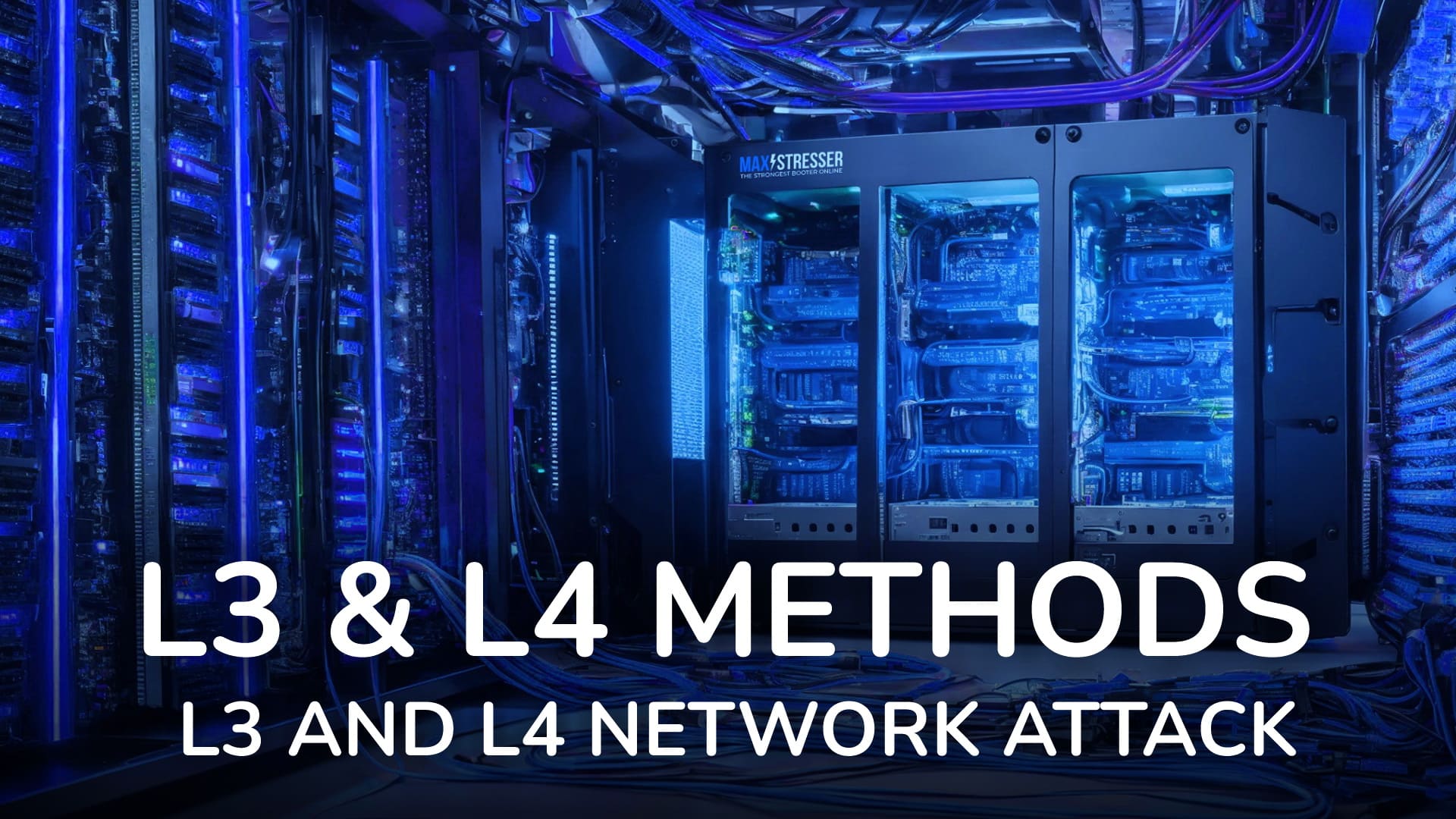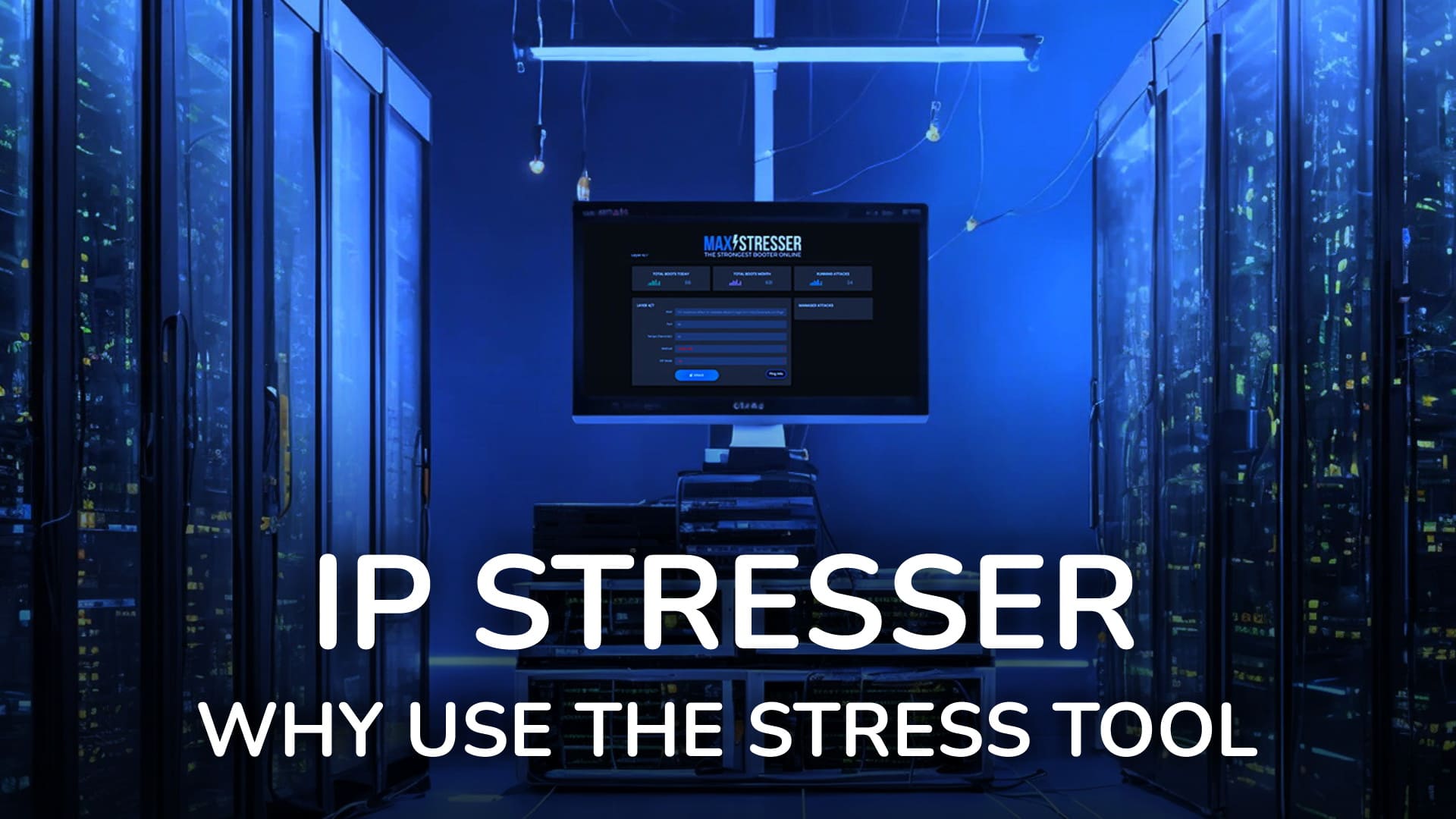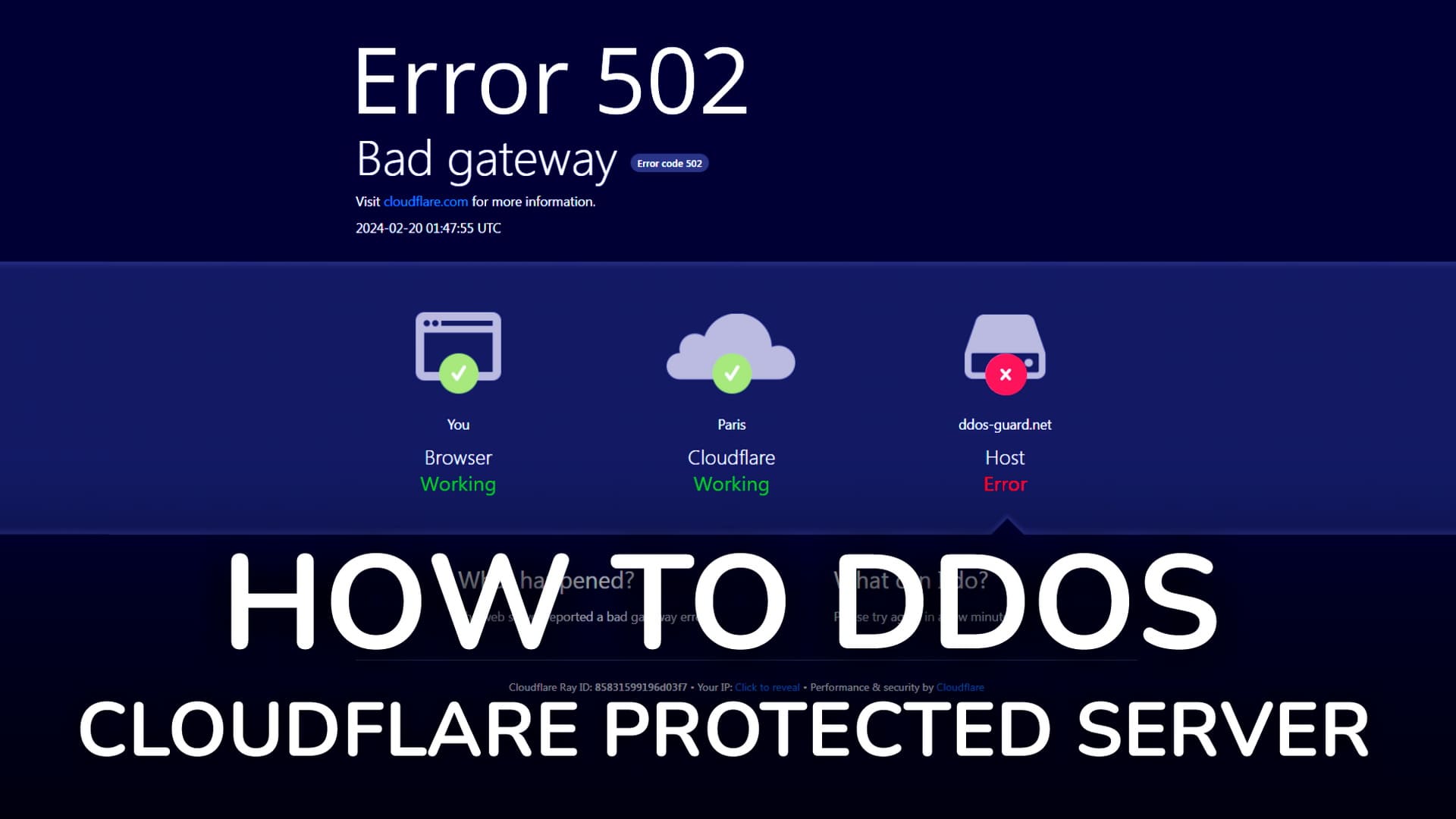DDoS attacks and network infrastructure
DDoS attack, or Distributed Denial of Service Attack, occur when multiple systems overwhelm the bandwidth or resources of a target system, usually one or more web servers. This traffic often overwhelms the server, causing a denial of service to users. The primary impact on the network infrastructure results in a complete outage of services.
Layer 3 (Network Layer) and Layer 4 (Transport Layer) of the OSI model play an important role in network communication and DDoS attacks. Layer 3 is responsible for forwarding and routing packets, while Layer 4 ensures end-to-end communication and proper sequencing of data transmission. In a DDoS attack, these layers can be exploited using techniques such as IP/ICMP Fragmentation and TCP SYN Flood.

Layer 3 (Network Layer) and Layer 4 (Transport Layer) of the OSI model are crucial for DDoS attacks. Layer 3 moves packets around, and Layer 4 makes sure the data is sent in the right order from one end to another. These layers are used to operate an IP-stresser that floods the network with traffic, causing services to be disrupted. This is commonly known as a DDoS attack.
Network Layer L3: DDoS Attack Methods
The network layer, or Layer 3, is responsible for packet forwarding, including routing through different networks and IP addressing. DDoS attacks at this layer could involve IP/ICMP Fragmentation, which can consume resources on the target system and cause disruption.
L3 DDoS attacks focus on disrupting network infrastructure by overwhelming routers, switches, and other networking devices with a high volume of traffic. Techniques such as ICMP Floods, UDP Floods, and IP Fragmentation attacks are commonly used to flood the target network with packets, causing congestion and potentially rendering it inaccessible.
The main methods of DDoS attacks at the L3 network layer include:
- ICMP flooding: This method uses the ICMP protocol (Internet Control Message Protocol) to create a large number of ICMP responses (echo requests or responses) that are sent to the target system. This causes congestion and can lead to crash or unavailability.
- UDP flooding: This is when the User Datagram Protocol (UDP) is used to send a large number of UDP packets to the target system. These packets may be incomplete or incomplete, which can also cause congestion and lead to unavailability of the target system.
- IP Fragmentation: This method breaks packets into smaller fragments and sends them to the target system. This can cause data loss and slow down the network, which eventually leads to congestion and unavailability of the target system.
- SYN flooding: This method uses the Transmission Control Protocol (TCP) to send a large number of SYN packets to the target system. These packets simulate the start of a connection but do not complete the connection, resulting in congestion and unavailability of the target system.
- ACK flooding: This method uses the TCP protocol to send a large number of ACK packets to the target system. These packets simulate a connection acknowledgment but do not contain any data, causing the target system to be overloaded and unreachable.
- Ping-of-death: This method uses the ICMP protocol to send a large number of packets with an oversized ICMP header, which causes a memory overflow on the target system and can lead to crash or unavailability.
- Smurf attacks: This method uses the ICMP protocol to send a large number of ICMP packets with spoofed source addresses to the target system. This causes congestion and can lead to crash or unavailability.
- Reflected DNS attacks: This method uses DNS (Domain Name System) to send a large number of queries to the target system. These queries are sent to other DNS servers, which causes congestion and can lead to crash or unavailability.
- DNS Amplification attacks: This method uses DNS (Domain Name System) to send a large number of queries to the target system. These queries return a large amount of data, which causes an overload and can lead to crash or unavailability.
- NTP attacks: This method uses NTP (Network Time Protocol) to send a large number of requests to the target system. These requests return a large amount of data, which causes overload and can lead to crash or unavailability.
All these DDoS L3 attack methods aim to destroy the network infrastructure by overloading and making the target system unavailable.
Network Layer L4: DDoS attack Methods
DDoS attacks at the Transport Layer L4 are one of the main threats to the stable operation of network infrastructures. These attacks target weaknesses in the TCP and UDP protocols that are used to exchange data between devices on a network. As a result of L4 attacks, communication between devices can be disrupted and quality of service can be degraded.
To protect your network infrastructure, you need to understand the intricacies of an L4 Transport Layer DDoS attack. The main methods of DDoS attacks at the L4 Layer include:
- SYN flooding: This method utilizes the Transmission Control Protocol (TCP) to create a large number of synchronous requests to the target system. As a result, the target system is forced to respond to these requests, which causes congestion and can lead to crash or unavailability.
- ACK flooding: This also uses the TCP protocol, but the attacker sends a large number of packets with the ACK (acknowledgement) flag to the target system. This can lead to congestion and unreachability.
- RST flooding: This method uses the TCP protocol to send a large number of packets with the RST (reset) flag to the target system. This causes connections to be closed and can lead to congestion and unavailability.
- FIN flooding: In this case, the attacker sends a large number of packets with the FIN (end) flag to the target system. This causes connections to be closed and can lead to congestion and unavailability.
- PUSH flooding: This method uses the TCP protocol to send a large number of packets with the PUSH (send) flag to the target system. This can cause congestion and unavailability.
L4 attack methods can lead to exhaustion of system resources, disruption of communication and degradation of quality of service.
Use IP-Stresser by applying L3 and L4 methods
Each method has a different approach, but all of them flood the target network with data packets until it stops functioning. You can use our free IP-Stresser at any time of the day or night as you see fit.
MAXSTRESSER network attacks easily get through any defense using IP spoofing technology with maximum performance. Demonstrate your excellence with MAXSTRESSER, join our online IP testing tool and get access to advanced DDoS attack tools!



